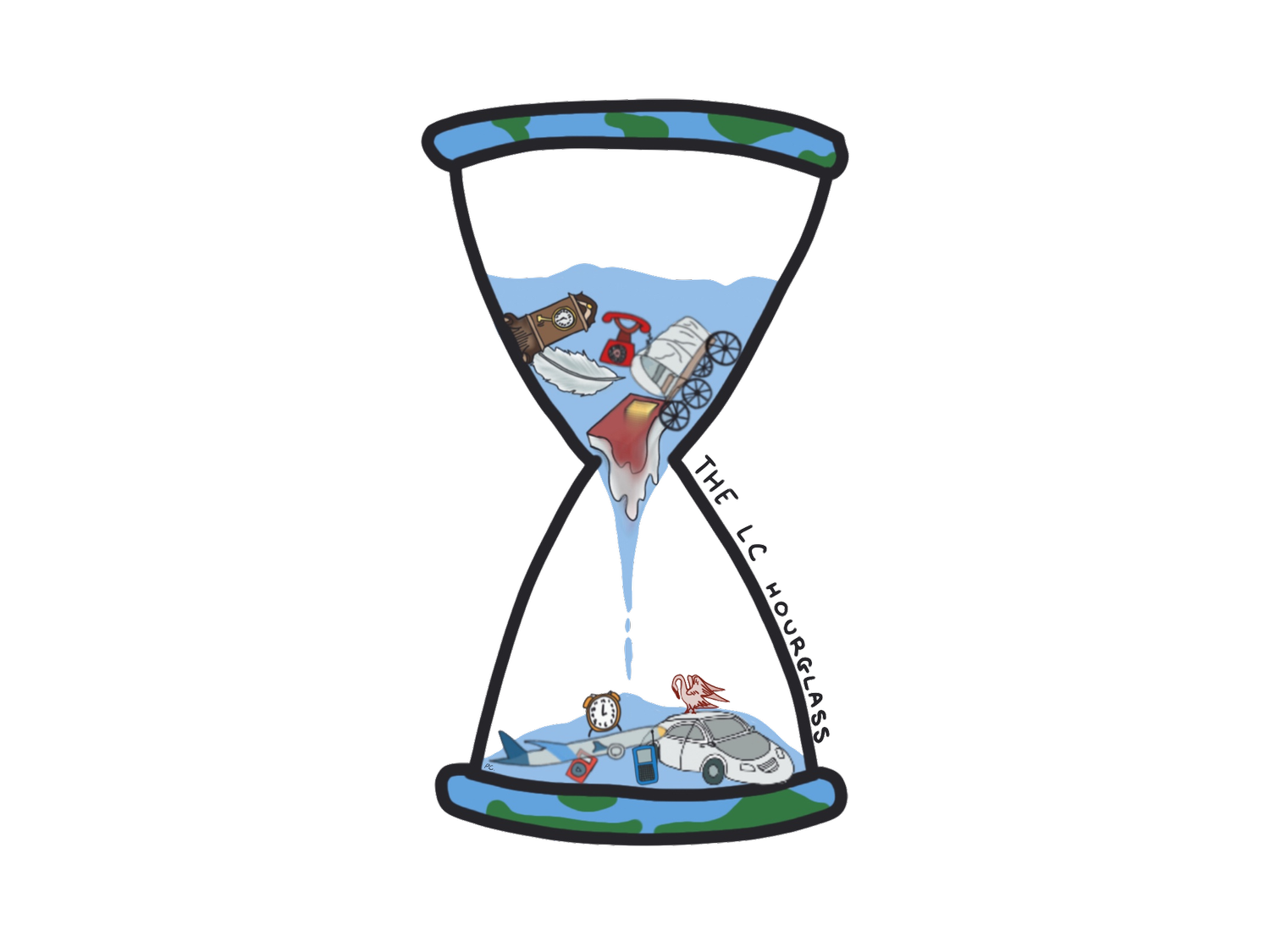The Weaponization of Starvation in Spanish America
By Benjamin Whitehouse, 2026
The Spanish conquest of the Americas, much like other colonial efforts of the time, had its roots in a multitude of ethnic, religious, and economic interests. And, as the British did in India and the French in Africa, the Spanish Crown fought tooth and nail to ensure expansive loyalty and complete domination. Where the history of the Spanish Americas begins to diverge from others of its kind comes when analyzing the methods in which the overarching power exacted submission from its subject. Nearly every colonial project can provide instances of warfare, violence, and blood. Very few though, can truly match the methods that brought about the sheer expanse of the Spanish imprint on the Americas as we know it. European imperial efforts of the 18th and 19th centuries, where a striking gap in power typically existed between the colonialist and colonized, hold very few structural similarities to the Spanish Empire’s onslaught on the native peoples and environment of the American continent.
The number “95” represents Spanish America at its simplest. 95% to be clear. Ninety-five percent of indigenous peoples died from the European intrusion into the New World. A statistic in this way – just 95% – can be hard to visualize. It may help to picture the United States of America, a country with 333 million inhabitants, shrunk down, demographically, to a size smaller than that of Georgia and North Carolina. Or, perhaps, a Loomis Chaffee with only 36 students. A decline of such magnitude reveals that Spanish colonization of the Americas was not just another expansionist ambition or imperial conflict.
Encomienda and hacienda, though concepts in name, proved, without a doubt, to be some of the most effective weapons in the history of mankind. As legally defined in 1503 by the Royal Crown of Spain, encomienda classified indigenous peoples as objects to be granted to conquistadors, soldiers, and officials. Based on the practice of extracting tribute from Muslims and Jews during the Reconquista of Iberian Spain, 16th-century encomienda gave Spanish colonialists free rein to demand tribute and labor from the many native communities they encountered. While not implicitly named, the legal right of encomienda gave way to the legal right of slavery and theft. Land seizure, in particular, in which Spaniards uprooted generations to assert societal dominance and achieve economic gains through the establishment of mines and large-scale agriculture, greatly impacted the indigenous way of life in the New World. Along with hacienda, a colonial system that incorporated the use of large land estates operated by native labor, encomienda dramatically altered the very pillars of society in a way never seen before. Many of the most prominent agricultural haciendas were tasked with producing European, “superior” foods for Spanish colonialists (who saw Indigenous foods as inferior). Through doing so, Spanish haciendas greatly accelerated the disastrous import of livestock and European crops into the Americas. The import of livestock - such as cattle, horses, sheep, and goats – cascaded into a colossal ecological and environmental threat to the survival of the vulnerable American ecosphere. Overgrazing, a practice encouraged by Spanish colonialists and hacienda managers, tore through indigenous lands, destroying the very ecosystem that was vital to their survival. Without the land that they had relied on for thousands of years and with depopulation from military conflict and foreign diseases (such as smallpox), the indigenous food system did not merely experience destruction – it ceased to exist at all. Spain was well aware of the impact encomienda, the haciendas, and the mass import of foreign livestock and crops would have on native populations. What makes the history of Spanish America so tragic is that fact itself. The Spanish knew their actions would lead to a catastrophic environmental and demographic cataclysm unlike any before. Despite the desperate pleas of Spanish Bishop Fray Bartolomé de Las Casas – including his revelation on the “acts of malice and treachery which have been and still are being done upon those nations and lands” – and two failed legal resolutions, no successful actions materialized to curb the atrocities of the Spanish colonial project. The Spanish Empire shamelessly weaponized famine and death as a tool of submission and conquest. Through the implementation of exploitative labor systems and the import of “Old World” diseases and organisms, the European explorers of the 16th century did not merely wish to gain control over a new territory and its people. Their aim was much more sinister – the comprehensive and complete destruction of civilization and society. Like the worst regimes of the modern day, the Spanish Empire employed starvation and famine as a weapon of supremacy and war. But unlike the horrors of today, the end goal wasn’t victory. It never was.
The Spanish destruction of indigenous food systems and the use of starvation as a weapon of conquest had the singular, concerted goal of eliminating the very trace of native life in their “New World.”
Works Cited
Alvarez, Linda. "COLONIZATION, FOOD, AND THE PRACTICE OF EATING." Food Empowerment Project. n.d. https://foodispower.org/our-food-choices/colonization-food-and-the-practice-of-eating/.
De Las Casas, Fray Bartolomé. "A SHORT ACCOUNT OF THE DESTRUCTION OF THE INDIES." National Humanities Center. Accessed May 12, 2024. https://nationalhumanitiescenter.org/pds/amerbegin/contact/text7/casas_destruction.pdf.
"Encomienda | Definition & Facts." Encyclopedia Britannica. Last modified July 20, 1998. https://www.britannica.com/topic/encomienda.
"Hacienda | Spanish Colonial, Landownership, Agriculture." Encyclopedia Britannica. Last modified July 20, 1998. https://www.britannica.com/topic/hacienda-estate.
Smith, David M. Southeastern Oklahoma State University. Accessed May 11, 2024. https://www.se.edu/native-american/wp-content/uploads/sites/49/2019/09/A-NAS-2017-Proceedings-Smith.pdf.
